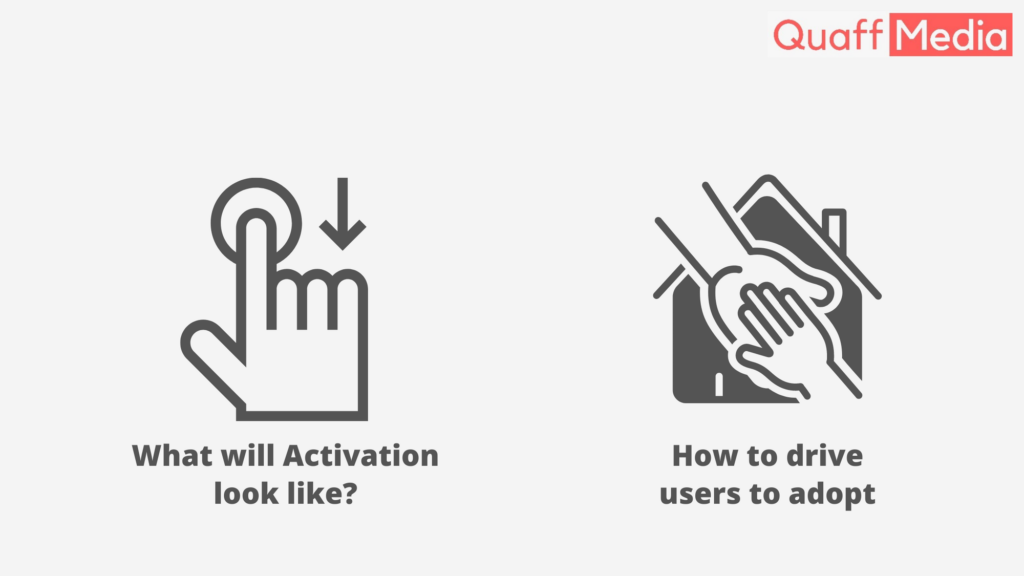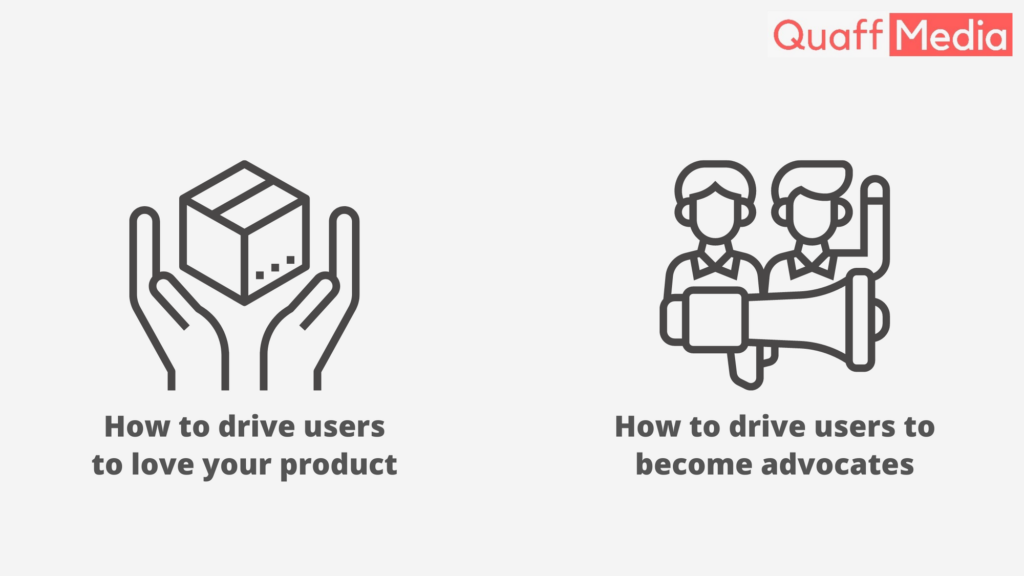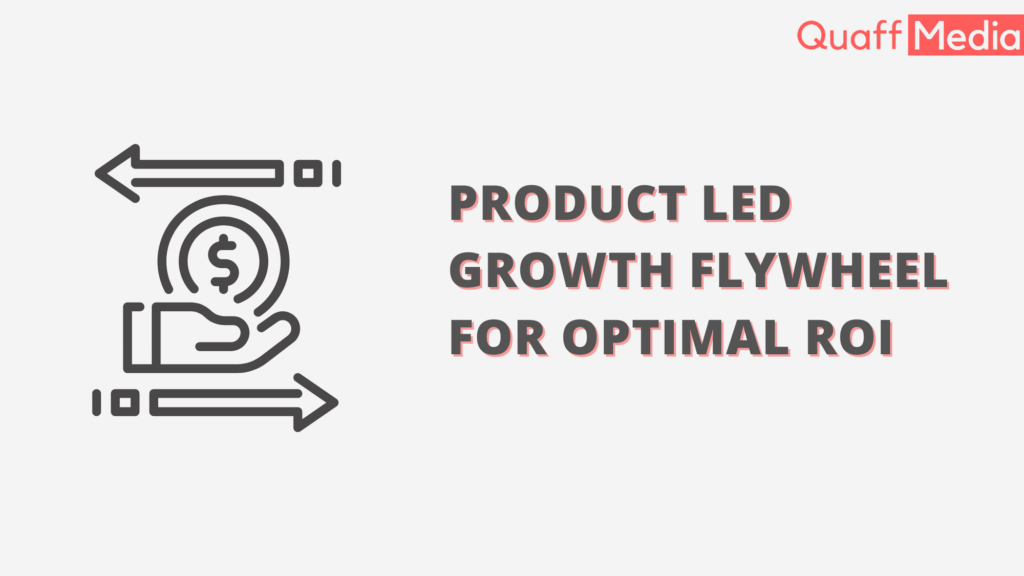The Product-Led Growth regulator may be a framework for growing your SaaS business by finance in very product-led user expertise. Corporations rework and convey with users by leading with the merchandise instead of promoting or selling.
Unlike the sales funnel, the regulator model builds momentum from one section to consequent, instead of leaky customers on the means.
There’s a large amendment within the world: the means users wish to shop for software packages has modified dramatically, and that we got to respond. This movement towards product-led growth implies that SaaS corporations think about their product to drive engagement, reach, and revenue.
What is The Product-Led Growth Flywheel?
Top performers rethink their approach to client acquisition to deliver a high-quality, primarily self-service client expertise.
The clique of the regulator consists of 4 user segments that correlate with the promoting phases from awareness to evangelism:
- Evaluators
- Beginners
- Regulars
- Champions
The outside ring of the regulator corresponds to the users’ actions to graduate to a consequent stage of user acquisition, consisting of 4 categories:
- Activate
- Adopt
- Adore
- Advocate

Evaluators
They’re browsing everything that your product should provide. And, they are cautiously excited regarding however it will probably solve their drawback. Evaluators possess knowledge regarding your product from a disciple, colleague, or through your company’s promoting efforts. Either way, they’re able to ensure that your product can deliver the worth they were secure it’d.
If you have got an inexpensive, free trial, or freemium tier, your client is perhaps attempting out over one SaaS product to examine which can be the work.
Evaluators area unit usually:
- In a trial or demo section
- Not mistreatment your product in their existing workflows
- Still finding out a SaaS answer to drag they’re attempting to unravel
Evaluators wish to grasp that you understand their drawbacks. They are asking if you’ll be able to provide them with a transparent path to determine it. They do not care regarding the nuances of your product or what number of use cases it will address. Their sole concern is whether or not your answer meets their wants.
Your competitive advantage lies within the easy use, core practicality, and distinctive options.
Guide Evaluators to their "aha moment"
Let evaluators expertise your product in action and have a basic understanding of its core practicality.
Assume they need zero expertise, however, have a firm goal in mind. Use your product onboarding expertise to assemble information regarding those goals and guide them toward the options which will facilitate them to reach those goals.
That’s the “aha moment.”
Evaluators want a map to initial success, not a sophisticated user manual or tutorial. Be able to facilitate them after they wish to dive deeper. In-product support, walkthroughs, and your facilitation center are often overwhelming.
Keep them centered on determining the initial drawback they came to you to unravel.
What will Activation look like?
Activation is different for each company. At its core, it’s that moment of relief or excitement once the user discovers the answer to their drawback.
Entering a MasterCard or linguistic communication a procurement order is not necessary to activate. It’s normal for a SaaS company to possess several paying customers World Health Organization ne’er activates.
Activation solely happens once a user sees and understands your product’s price. They need to find out a lot regarding your product. They are willing to take a position with associated cash as a result of the fact that they’ve seen that the software packages are often a plus to enhance their skilled or personal life.
Find the moments that trigger activation. You’ll be able to supply this data from product analytics information, user testing, and client interviews.
Once you’ve pinpointed the activation events, your goal is to assist users to get the price as before long as attainable. Scale back the time it takes for users to seek out the price of your product. As a result of the longer, it takes, a lot of seemingly they’re to leap ship and look for different solutions.
Beginners
The next stage within the user’s journey is once evaluators become beginners. Beginners perceive the worth your product provides and are excited regarding it. Because of this excitement, they pay time to explore your product and mistreat its options. They develop a deeper understanding of your product and the way to use it effectively. They will not be paying customers at this stage, however, they can leap.
Beginners area unit usually:
- Incorporating your product into their workflows
- Starting to use real information and receiving tangible price
- Not mistreatment advanced practicality of implementing subtle use cases
- Feeling assured that your product is that the best answer to unravel their drawback
They are desperate to learn and find further advantages on those they complete first.
Learning to use your product effectively and become a user is high on the mind for Beginners. You may wish to relinquish them some further support during this stage with steering, tours, and tips.
Remember that Beginners are attempting to urge stuff done. Offer them the liberty to try to do what they have to try to. They will want easy-to-access steering.
During this stage, the target serves the foundational information they achieved as Evaluators.
The goal is to urge users to adopt your product through habitual, a lot of advanced usages.
How to drive users to adopt
Adoption is forming habits and obtaining users to associate your product with a particular task or answer. Users World Health Organization have adopted your product and use your product doltishly.
Suppose you’ve adopted Slack so your initial instinct once acting with a team member is to open the app and send a message. Despite having several different channels on the market, the habit is to default to Slack once you send a message.
Product adoption suggests that full buy-in.
Regulars
Once a user has adopted a product, they are thought-about daily.
Engagement is high with Regulars, and that they think about your product for multiple use cases. Even though their excitement could have waned, they recognize your product is vital to achieving their goals and is a component of their routine.
Switching to an answer would be pricey for Regulars. They’ve invested time, effort, and cash and have developed a habit.
Be conscious that any changes in your product can cause friction and disrupt their workflows.
Regulars area unit usually:
Logging in often
- Using your product to complete core elements of their job
- Defaulting to the product as an attainable answer once new issues arise
- Exploring deeper layers of your product to examine what else your product will facilitate them to do
Regularly find new ways to urge price from your product, either by adopting new use cases or finding efficiencies to save lots of time on existing tasks. Advanced options interest Regular customers to extract a lot of prices.
Whether your product will grow with them is vital to Regulars.
Be proactive and deliver prices to Regulars. They still want your attention after they get tripped up or perform a task they do not do typically. They must have opt-in access to a constant level of support you’d offer associate onboarding clients.
Remember to stay the assistance unobtrusive and not interfere with their workflow.
Keep Regulars excited regarding your product and remind them how vital they’re to you. Provide an exclusive appearance at new options, pay time gathering, and understanding feedback. Use their feedback to enhance the merchandise.
Educational content is effective for Regulars. High-value content like best practices showcases, user success case studies, and deep dives into advanced options are extraordinarily partaking.
Strike a balance between checking in to continue providing pleasant product expertise and bombarding them with an excessive amount of communication.

How to drive users to love your product
Getting users to love your product is often difficult. They give the impression of accomplishing their tasks and seeking out used cases at intervals with your product.
Once they adore your product, they will take it in sudden directions. They’re lusty, push the boundaries and more ingrained the software package into their workflows.
These areas unite the individuals desperate to offer feedback, and you would like to consult them regarding close to and long roadmaps for your product-led company.
Supply pleasant expertise at intervals with the merchandise and together with your client success team.
Once users begin to love your product, they become Champions.
Champions
Champions need additional capabilities and power from your product, not simply because they need it, but they endow in your success.
Champions suggest your product to everybody and square measure showing emotion connected with your completeness.
Champions square measure usually:
- Actively collaborating within the way forward for your product
- Pushing the boundaries of your product with new use cases
- NPS promoters
- Wearing your brand’s tee shirt
Champions appreciate the popularity.
Look to Champions to participate just in case studies, attempt new options, and supply feedback.
To deliver price to Champions, supply them swag, advanced steerage, power use case options, and initial dibs at beta versions.
If you begin a client planning board, invite your Champions. Champions ought to feel special.
The goal at this time is for your Champions to start out advocating for your product.
How to drive users to become advocates
Advocacy is what creates the regulator impact within the model. Tantalizing different users, evangelizing internally and outwardly, and deed reviews to drive awareness and new authority interest in your product.
You can move Champions to support with simply a touch nudge.
Advocacy can be a non-public speech between the user and your team. Champions may advocate for brand spanking new options and solutions to a roadblock they are facing.
Third-party reviews and case studies made users of your product square measure powerful social proof and square measure a key product-led growth strategy.
When your Champions advocate for wants, it’ll move your product in new directions to remain before the market.
Why the Growth Flywheel?
Using this framework creates cross-team alignment. Every team has to contribute to a product-led growth company.
Sales and promoting own the authority stage, generally with the assistance of somebody from a Growth team.
The regulator creates a shared language to debate in-progress efforts to product-led growth. It is also an additional powerful sales cycle than the funnel as a result of Champions becoming advocates UN agencies share your product with new Evaluators, beginning the cycle once more and again, changing the integrity of your growth.

